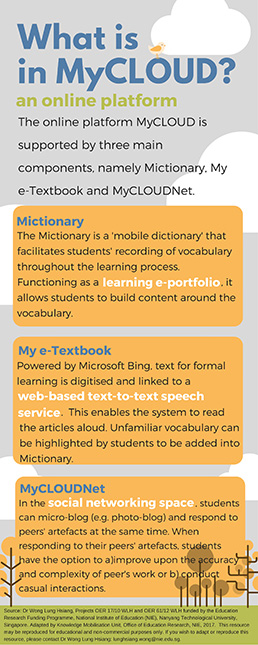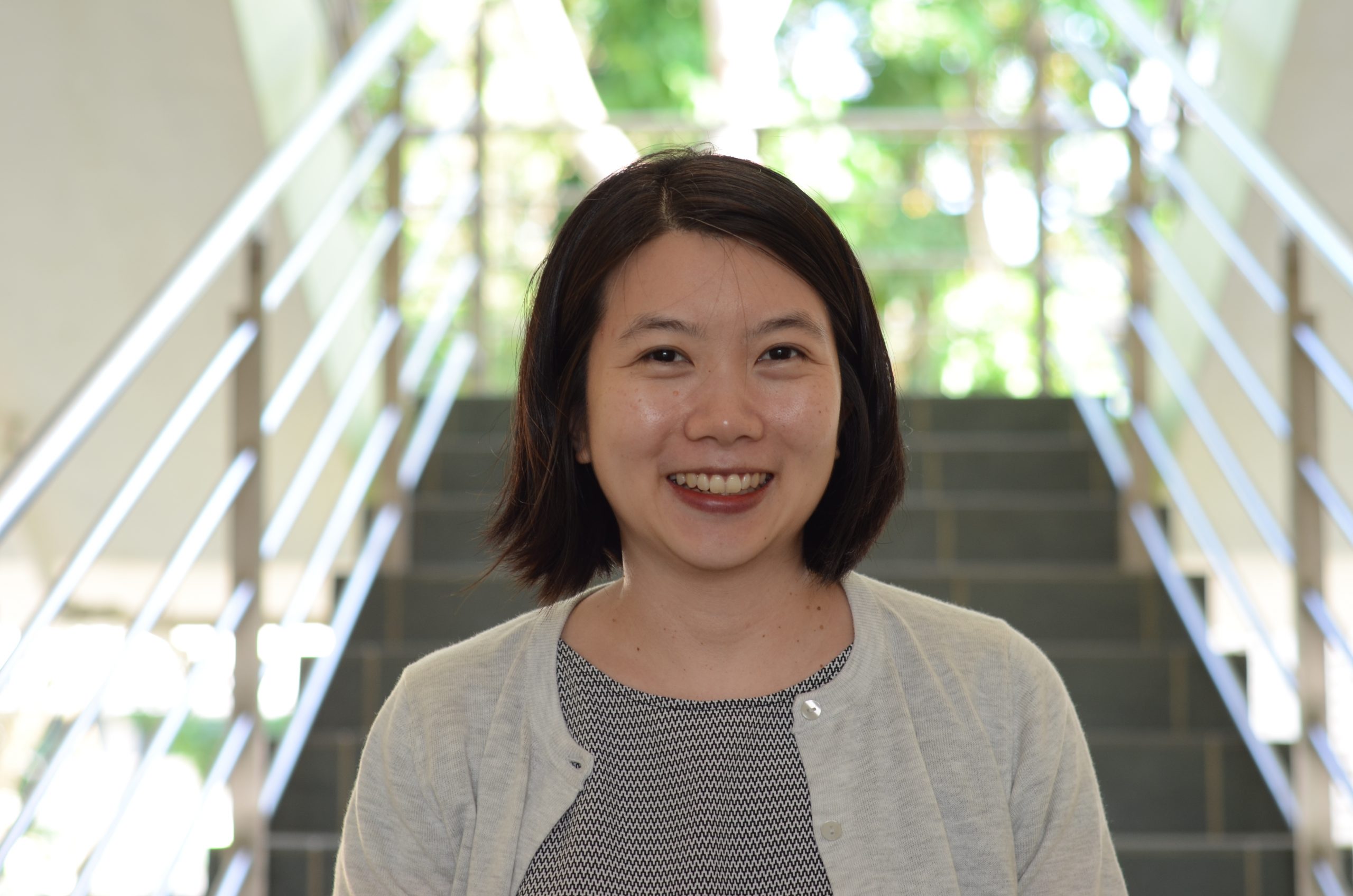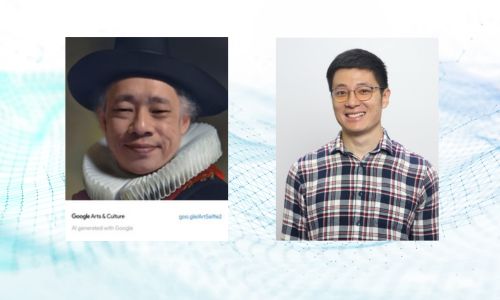MyCLOUD
MyCLOUD: Learning Chinese in a Seamless Learning Environment
- Enhances students’ Chinese proficiency by making connections between Chinese learning and their daily lives
- Enhances students’ self-directedness and motivation in the learning of Chinese
- Encourages students to actively make meaning of their daily encounters with the Chinese language
- Cultivates students’ habit-of-mind by proactively using resources for artefact creation and online interaction using Chinese
 Why MyCLOUD?
Why MyCLOUD?
- The MyCLOUD curriculum helps students make active meaning-making on their daily real-life encounters with the Chinese language.
- Tapping on modern technologies, cloud computing and social networks, MyCLOUD explores the creation of a “cross-context” seamless Chinese learning environment.
- By extending Chinese Language beyond the constructs of a classroom, students can experience a learning environment that is authentic, autonomous, and contextualised.
- MyCLOUD has successfully brought about gradual improvements in teachers’ classroom practices in terms of smoother classroom enactments and more student-centricity. Students were also observed to gradually improve in terms of their motivation as well as the quantity and quality of students’ proficiency and interactions.
 What is MyCLOUD?
What is MyCLOUD?
MyCLOUD is an online platform consisting of three main components, namely Mictionary, My e-Textbook and MyCLOUDNet (see infographic 1: Three main components of the MyCLOUD online platform).
Infographic 1: Three main components of the MyCLOUD online platform (available for download here)
Guided by the MyCLOUD learning design framework, MyCLOUD teaching and learning activities comprise of two intertwining learning dimensions, the seamless learning dimension and the language learning dimension.
These teaching and learning activities are characterized by four activity types:
- Activity type 1: In-class learning engagement
- Activity type 2: Personalised contextual learning
- Activity type 3: Online peer learning
- Activity type 4: In-class consolidation
 How did Students Respond?
How did Students Respond?
- Students were motivated to learn and create their own artefacts using the Chinese vocabulary.
- Students were also able to make more extended and creative meaning making with the vocabulary.
-
The number of student dialogues increased. New types of student reviews also emerged. These evidences pointed towards enriched student interactions with use of a wider range of Chinese vocabulary.
 How can Teachers get Started
How can Teachers get Started
- Simulate and Create! – Keen to create your own seamless learning environment? Teachers can create a simulation of the MyCLOUD environment with online freeware, existing online learning spaces and ICT educational resources available to your school.
- Loosen up! – Put aside the ‘rigid’, composition style of writing. Genuine real-life language application is sometimes ‘informal’. This helps makes the learning process authentic and relatable for students.
- Stimulate and Initiate! – Teachers can boost students’ interest by using interesting readings and unique pictures that inspire and trigger exchanges between students.
 Related Links
Related Links
- Seamless Learning Taskforce website
- ReEd Vol 2 2011 pg 9 “Putting Language Learning in Their Hands” [PDF]
- SingTeach Issue 55 Dec 2015 “Learning Chinese Seamlessly”
 Research Projects
Research Projects
The following projects are associated with MyCLOUD research:
Other related research projects:
- LI-nterChange:Towards a Contextual-and Social-mediated Seamless Language Learning Practice with Multiple Learning Pathways
- A Mobile Assisted Language Learning Environment to Improve Primary School Pupils’ Attitudes and Competencies in Chinese Proverb Learning and Writing
 Research Team
Research Team
To learn more about MyCLOUD, please contact the Principal Investigator Dr. Wong Lung Hsiang at lunghsiang.wong@nie.edu.sg
Principal Investigator:
-
Dr WONG Lung Hsiang, Learning Sciences Lab, NIE
Co-Principal Investigators:
- A/P Aw Guat Poh, Asian Languages & Cultures (ALC), NIE
- A/P Chai Ching Sing (formerly of NIE)
- Dr May Liu, Singapore Centre for Chinese Language (SCCL), Singapore
- A/P Ivica Boticki, University of Zagreb, Croatia
Collaborators:
- Ast/P Jan Mingfong, National Central University, Taiwan (formerly of NIE)
- Dr Lim Wei Ying Rebekah, SIM University, Singapore (formerly of NIE)
- Dr Chin Chee Kuen, SCCL
- Dr Hsieh Yu-Fen, SCCL
- A/P Chen Wenli, LST, NIE
 Acknowledgments
Acknowledgments
This research on MyCLOUD was funded by Singapore Ministry of Education (MOE) under the Education Research Funding Programme (OER 17/10 WLH & OER 61/12 WLH) and administered by National Institute of Education (NIE), Nanyang Technological University, Singapore. Any opinions, findings, and conclusions or recommendations expressed in this material are those of the author(s) and do not necessarily reflect the views of the Singapore MOE and NIE.
This knowledge resource was written by Mr Li Sze Yan, Ms Bernadine W. Sengalrayan and Ms Tan Giam Hwee; updated by Ms Monica Lim and Mr Jared Martens Wong on 4 January 2021.









